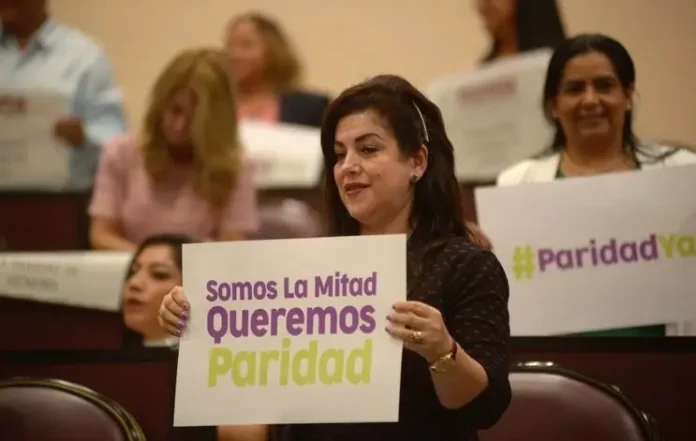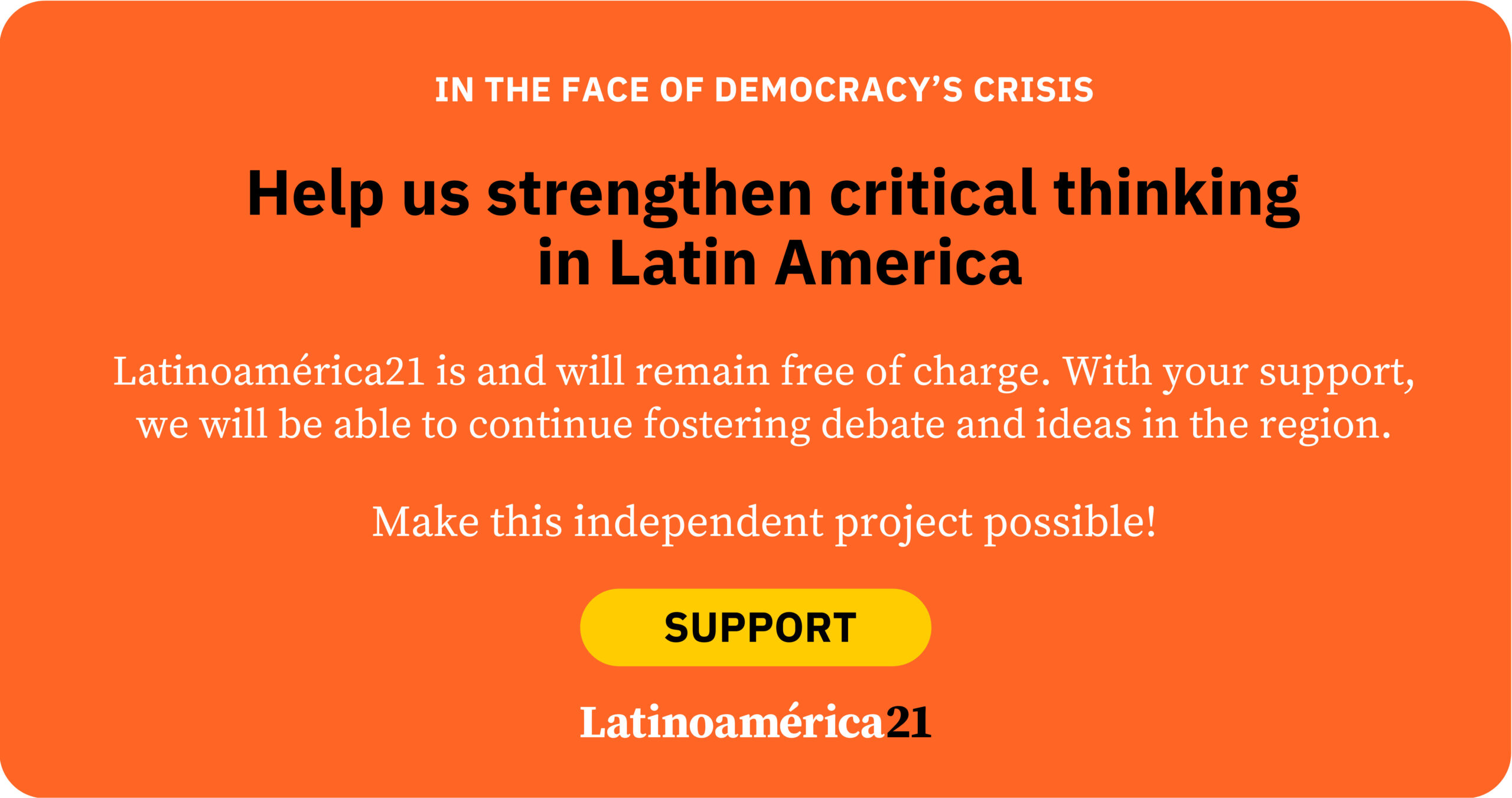
In recent years, Latin America has been a pioneer in passing parity laws that seek to guarantee women’s political representation. This milestone, celebrated as a historic triumph, has allowed parliaments in the region to reach an average of 35.8% female representation, above other regions. However, the deeper question remains: is parity the same as gender equality?
The answer is clear: they are not the same. Parity is a necessary mechanism to open the door to women in historically excluded spaces; equality, on the other hand, is a substantive right that requires transforming the structural conditions that continue to limit their full and effective participation.
Parity as access, equality as exercise
Parity is an access mechanism; it seeks to ensure that men and women are represented in equal proportion in decision-making spaces. Its value lies in opening the door to a more balanced participation, especially in parliaments or ministerial cabinets, where women’s presence has historically been marginal. It is, essentially, a numerical rule designed to accelerate women’s entry into positions of power.
Equality, in contrast, is a substantive right: it is not limited to counting how many women get in, but to guaranteeing that they can exercise their roles under real conditions of equity. It means removing structural barriers, redistributing care work, ensuring access to campaign financing, and combating gender-based political violence that many women face when running for office or exercising their positions.
Examples in Latin America highlight this distinction. In Bolivia, after the 2010 electoral reform, women won 53% of seats in the Chamber of Deputies and 47% in the Senate, making the country a pioneer in legislative parity. However, a report by the Association of Women Councilors and Mayors of Bolivia (ACOBOL) revealed that 8 out of 10 elected women have faced some form of harassment or political violence.
In Mexico, the 2019 constitutional reform established “parity in everything,” leading Congress to reach 50% women deputies and 49% women senators in the 2021–2024 legislature. Yet in strategic ministries such as Finance or Defense, less than 10% of officeholders throughout the country’s history have been women, underscoring the persistence of glass ceilings in the most powerful portfolios.
In contrast, Costa Rica has complemented political parity with structural policies: the National Care System (2014) has benefited more than 65,000 dependent people and allowed some 15,000 women to enter the labor market and politics, showing how substantive equality requires measures that go beyond numerical representation.
In short, parity guarantees access, while equality ensures the real and full exercise of rights. Without the latter, the former risks becoming a symbolic mechanism that raises numbers but does not transform the structures sustaining inequality.
Between progress and debates
Progress is undeniable: 18 countries in the region now have parity or quota laws, and six women have served as presidents in the last 40 years. Yet the picture remains incomplete. Female representation in mayoralties barely reaches 15.2% in Latin America, and participation in ministerial cabinets rarely surpasses 30%, with exceptions such as Colombia or Nicaragua.
A recent point of debate has been Ecuador’s reform of the Democracy Code, which eliminated the requirement for parity in presidential tickets. Rather than a step backward, this measure opens discussion on the legitimacy of equality when imposed solely by law. Mandatory parity tickets may have guaranteed numerical representation, but not necessarily legitimate access or real exercise of power. However, with this provision repealed, a crucial question arises: what mechanisms exist to ensure that women’s participation does not decline and remains under conditions of equal opportunity? The challenge is to strengthen policies that guarantee equitable access, campaign financing, protection against political violence, and promotion of female leadership—so that women’s presence in the highest offices reflects not just a legal requirement, but the full recognition of their political rights.
Parity is not the end, but the means
The lesson is that parity is a path toward equality, but never a substitute for it. Ensuring that half of electoral lists are headed by women or that parliaments are more balanced is an indispensable step. However, if these women continue to suffer political violence, lack fair campaign financing, or remain excluded from the most strategic ministries, equality will remain an unfulfilled promise.
Substantive equality demands transforming patriarchal structures, redistributing care work equitably, democratizing political parties, eliminating cultural biases that question female leadership, and designing public policies that guarantee the full exercise of rights.
Latin America has shown that parity rules can accelerate change. Yet these advances only become effective when accompanied by structural transformations: Costa Rica’s care systems, Bolivia’s inclusion policies for Indigenous women, or Mexico’s fight against political violence illustrate how parity stops being a number and becomes a true instrument of justice.
Ultimately, parity opens the door, but equality is what allows women to cross it and exercise power with dignity. Confusing the two would mean settling for an inadequate democratic mirage.
Conclusions: from numbers to real power
Latin America does not only need more women in official photos, but women with voice, agenda, and real power. Parity is a necessary achievement, but incomplete if it does not translate into substantive equality. It is not enough to ensure occupied seats: those women must have the conditions to make decisions, transform public policies, and challenge patriarchal structures that still dominate power.
The experiences of Mexico, Bolivia, and Costa Rica show that parity without equality can become an empty shell. True democracy is not measured only in numbers, but in the ability to guarantee effective rights. The pending task in the region is to ensure that women’s political presence stops being a quota and becomes a driver of transformation. Parity is a means, never the end. The ultimate goal is substantive equality—the one that transforms lives, redistributes power, and redefines democracy from a rights-based perspective.
*Machine translation, proofread by Ricardo Aceves.


